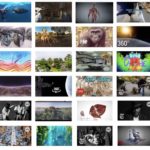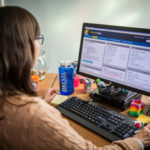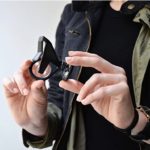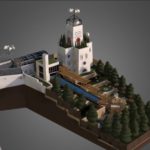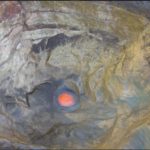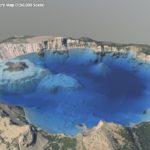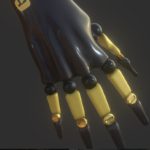AVR Repository to Enhance Online Education
Drexel University creates VRtifacts+
Virtual and Augmented Reality will increasingly be utilized in learning environments in 2019. In fact, research already tells us that virtual reality increases academic outcomes by 400 percent!
At Drexel University in Philadelphia, we are taking online education to expansive new heights with a first-of-its-kind repository called VRtifacts+. Faculty and instructional designers can seamlessly search and select from nearly half a million augmented, virtual, and mixed reality learning objects for their online coursework.
Drexel announced the groundbreaking VRtifacts+ program in the summer of 2018. With it, students are able to access and explore virtual objects on any device, from smartphones and laptops, to VR glasses and trackpads. We know that students are becoming adept at using a wide range of digital tools to connect, collaborate and construct knowledge on their own – which is why they have come to expect the same flexibility and sophistication in their academic settings. And knowing how other institutions are already effectively using reality technologies, we began to consider where Drexel could enter into that space.
The team at Drexel spent two years researching pockets of innovation in technology-enhanced education worldwide. We began brainstorming ideas around how we could further capitalize on its findings – that’s how we began thinking about VRtifacts+.
We also found a great partner in 3Dream Studios, who helped us map out a multi-year development project of an open source repository of 500,000 objects. Over the next few years, we will leverage other technologies like artificial intelligence and machine learning to fully enhance the virtual learning experience. But to truly understand the power of VRtifacts+, you have to see it in action.
Drexel University has a long history of championing innovation and technology in the online arena. Our team works tirelessly to deliver high-quality educational content to students, allowing them to achieve new heights. VRtifacts+ adds tremendous value to the academic investment for online students of all ages and disciplines.
New Digital Enhancements Take Online Education to New and Far More Expansive Heights
VRtifacts+, a first of its kind repository, empowers academic staff, faculty, and instructional designers to seamlessly incorporate any of 500,000 augmented, virtual, and mixed reality learning objects across a wealth of disciplines into the university’s online coursework.
For exponential impact, these AR, VR, and MR repository objects are available through one web-based, user-friendly application.
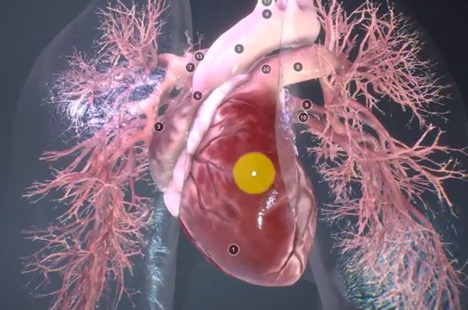 Likewise, the repository can be accessed through Drexel’s Blackboard interface and includes 3-D objects and 360-degree panoramas in addition to virtual and mixed reality images. Instructors can search for terms like “heart diagram” and download the 3D images or 360 videos to use in their courses.
Likewise, the repository can be accessed through Drexel’s Blackboard interface and includes 3-D objects and 360-degree panoramas in addition to virtual and mixed reality images. Instructors can search for terms like “heart diagram” and download the 3D images or 360 videos to use in their courses.
Students can also access and explore virtual objects on any device, from smartphones and laptops to VR glasses and trackpads. And to maximize usage, Drexel purchased and distributed collapsible mini virtual reality glasses that snap onto the phone.
“Given the repository’s size and scope, we will have the capacity to develop and pilot ever more powerful approaches for delivering Drexel’s state-of-the-art curriculum within its Blackboard Learn platform,” said Stephanie Sutcliff, DUO’s director of Learning Technology.
Research Behind Virtually Inspired was Seed to the Development of Repository
Having spent more than 20 years in university leadership positions within the online education space, Susan Aldridge, President of Drexel University Online, knows how difficult it is for busy faculty to keep up with constantly evolving digital technologies. In an interview with eLearning Magazine, Dr. Aldridge offered perspective saying, “We know that students are becoming quite adept at using a wide range of digital tools to connect, collaborate and construct knowledge on their own – which is why they have come to expect the same flexibility and sophistication in their academic settings. And knowing how other institutions are effectively using ‘reality’ technologies, I began to see where Drexel might expand upon that success, by creating an easily searchable repository of robust AVR learning objects.”
Having spent the past four years researching “pockets of innovation” in technology-enhanced education worldwide, Aldridge and her team produced more than 100 case studies, which, in turn, inspired them to brainstorm how they might use what they had learned to better meet the needs of those teaching both online and face-to-face. Rather than creating a dedicated space, they chose to create an online repository that would accommodate on-campus as well as remote educators and students.
To accomplish this goal, DUO joined forces with 3Dream Studios, a strategic visual marketing company that was using 3D animation, digital filming, scriptwriting, and video storytelling to help their clients share their vision with others. Given that the company was expanding deeper into virtual reality, it was a perfect time to form a partnership which resulted in a full multi-year development project.
Creating the VRtifacts+ Repository
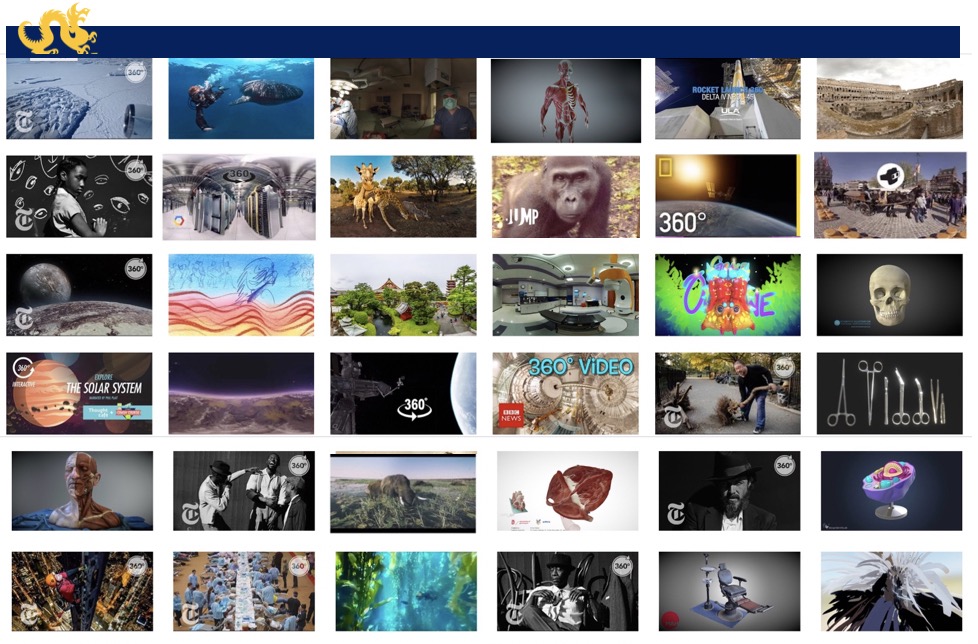
To remove the daunting tasks of finding good content or creating your own, VRtifacts+ was designed as a database that was simple to explore and easy-to-use. Instructors can find artifacts that are the most accurate and applicable to their course. What’s more, each artifact can not only be tagged without worrying about copyright infringement, but also rated and scored according to quality. Instructional designers provide a “personal concierge” level of support and training to enable instructors to confidently download and integrate artifacts that both support course content and fit their own pedagogy. Administrators can track users and downloads to monitor efficiency and value.
With these features in place, instructors may use VRtifacts+ to create any number of safely immersive virtual learning environments that feel and respond much as they would in real life, as students engage and explore, interact with and manipulate objects within these worlds. For example, they can be virtually teleported to re-enact historic battles; explore outer space; or travel the inner workings of the human body. They can also use sophisticated controls to actually “practice” complex procedures like cardiac surgery, or master difficult concepts, such as the molecular properties of brain cells. And this repository gives new meaning to the term “field trip,” by making it possible for students to virtually experience first-hand some of the world’s great museums, natural wonders and notable landmarks.
Here are just a few examples from the VRtifacts+ repository.
Through VRtifacts+ Course Content Comes Alive

Students can see what happens when you smash particles together at nearly the speed of light. A 360-degree view experience comes from inside the world’s largest machine, CERN’s Large Hadron Collider, located 100 km underground below the Swiss/French border.

Students can learn skills that are becoming ever more common in the field of architecture, such as using VR for workflows and project presentations to enable clients to better visualize designs.
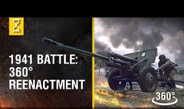 History and arts instructors now have a wealth of options for conducting virtual field trips and hosting authentic experiences in every possible location from world-renowned museums to remote regions and famous battlefields.
History and arts instructors now have a wealth of options for conducting virtual field trips and hosting authentic experiences in every possible location from world-renowned museums to remote regions and famous battlefields.
In addition to the VR content repository, this project will eventually leverage such other technologies as artificial intelligence, machine learning and Blockchain, to fully enhance the virtual learning experience at Drexel.

